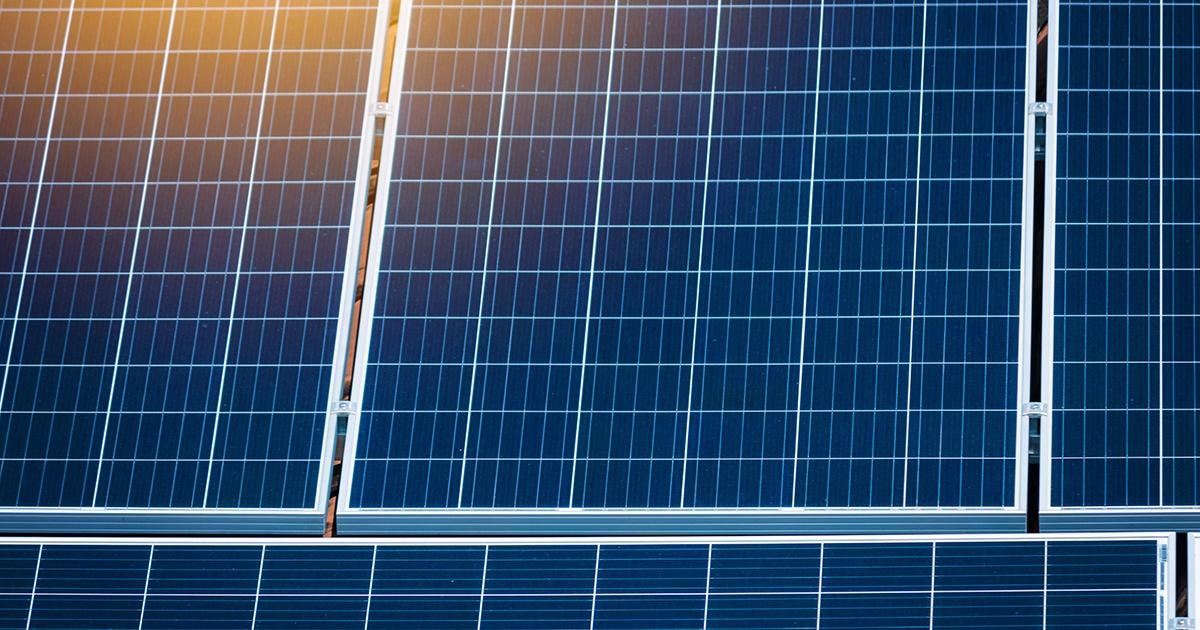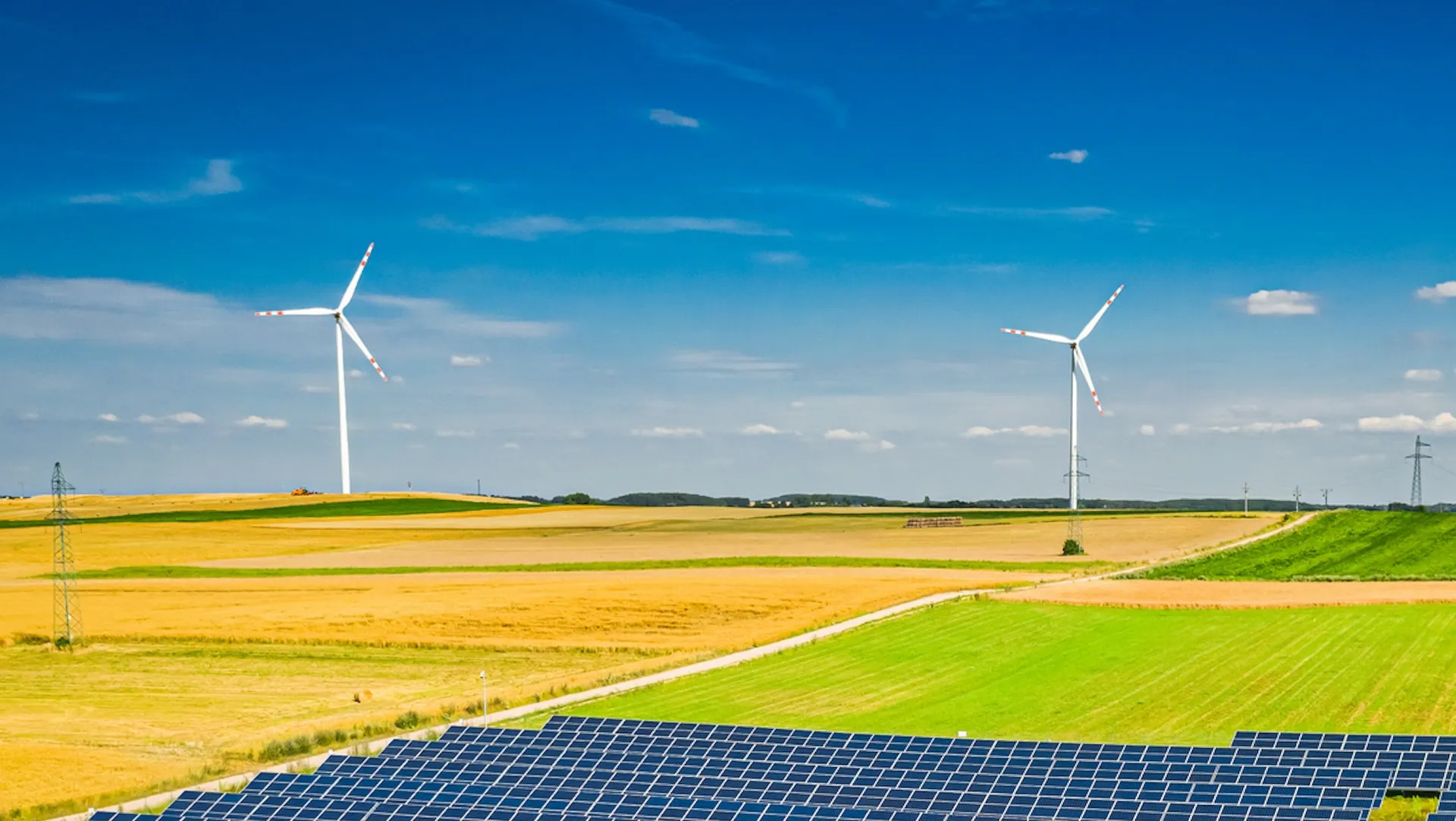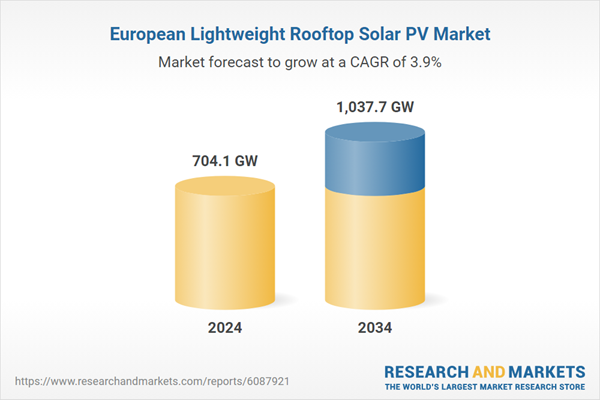Solar energy is one of the most abundant and accessible sources of renewable power globally. It utilizes various technologies to harness sunlight, including:
1. **Photovoltaic (PV) Panels**: These convert sunlight directly into electricity. 2. **Solar Thermal Panels**: These capture solar energy to produce heat. 3. **Concentrated Solar Power (CSP)**: This technology uses mirrors to focus sunlight, generating heat and steam to create electricity.
In 2008, solar photovoltaic systems contributed just 1% of Europe’s electricity generation. Fast forward to today, and that number has jumped to 10% across the European Union, with countries like Greece, Spain, and Germany reaching 23%, 19%, and 16%, respectively. The EU’s solar capacity expanded by nearly 150 GW between 2022 and 2024, enough to power approximately 42 million households. An additional 70 GW is expected to be added in 2025, reflecting the EU’s strong commitment to renewable energy.
The EU aims to achieve at least **700 GW** of solar generation capacity by **2030**, four times its level in **2020**. This shift is already underway, as renewables surpassed fossil fuels in electricity generation in 2023, with renewables generating **1,200 TWh** compared to fossil fuels at **788 TWh**. Solar energy alone increased by **15%** within a year, showcasing its rapid growth and climate benefits.
However, misconceptions about solar energy persist. Here are five key facts:
1. **Safety of Photovoltaic Systems**: Solar panels are a safe energy solution, generating electricity even on cloudy days. Incidents related to solar installations are extremely rare, with data showing fire occurrences at only **0.006% to 0.014%**. Most issues arise from poor installation or faulty components, not the technology itself. Strict EU safety standards ensure that all solar panels meet technical requirements, and certified installers are mandated to comply with installation protocols.
2. **Space Efficiency**: Solar panels can be installed in compact areas such as rooftops and balconies. In some EU nations, homeowners can mount plug-in solar panels on their balcony railings, directly feeding electricity into their household grid. Energy communities allow groups to collaborate on solar projects, producing renewable energy collectively. For instance, the Cestas Solar Park in France covers **265 hectares** and produces enough power for over **70,000 households** annually.
3. **Coexistence with Wildlife**: While solar energy systems do impact the environment, they help mitigate climate change, which is a significant threat to biodiversity. Well-planned solar farms can restore habitats on degraded land. Most solar installations in the EU occur on rooftops, utilizing existing infrastructure without adding pressure on land. Studies indicate rooftops could supply nearly **25%** of the EU’s electricity needs.
4. **Cost-Effectiveness**: Solar energy has become one of the cheapest forms of electricity generation. By 2024, renewable sources generated nearly **50%** of Europe’s electricity, rising from **30%** in 2015. As fossil fuel prices surged due to geopolitical tensions, solar energy costs plummeted, now being less than half the cost of coal. This shift aids the EU in reducing its reliance on imported fossil fuels and enhances energy independence.
5. **Resilience of the Energy System**: Solar energy strengthens energy security and public safety. Its decentralized generation means much of the electricity is produced close to consumption points, reducing transmission losses. In 2024, **58%** of solar photovoltaic installations were rooftop systems. Coupled with energy storage solutions, solar can supply power during outages. For example, during a blackout in April 2025 in the Iberian Peninsula, a solar and battery storage system at the University of Almería maintained operations without interruption.
As of the end of 2023, Europe’s solar workforce reached **826,000**, marking a **27%** increase from the previous year. Projections suggest the sector could employ over **1 million** people by 2027. This growth not only drives economic innovation but also supports Europe’s energy independence by reducing reliance on fossil fuel imports. Solar energy’s development continues to be a key factor in the EU’s strategy to achieve climate neutrality by 2050.




